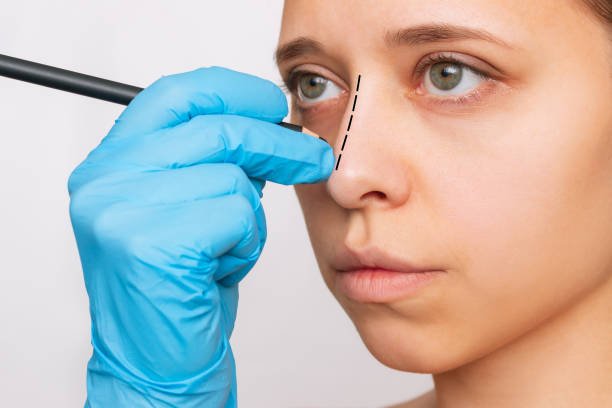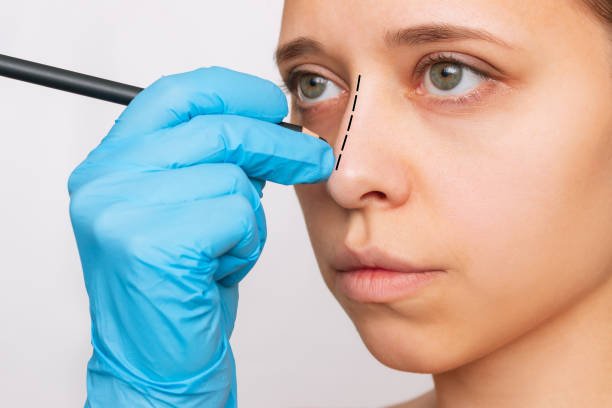Introduction
Africa’s healthcare systems have faced numerous challenges over the decades. From inadequate infrastructure to a lack of trained professionals, the continent has long struggled to provide sufficient medical care. However, with the rise of modern Surgical Equipments in Africa, there’s a transformative shift happening. These tools are no longer a luxury but a necessity, enhancing the quality of care and saving countless lives. So, what has changed? And how is this shift reshaping the future of healthcare on the continent?
Why Surgical Equipments Are Crucial in Africa
Imagine trying to perform life-saving surgery without the right tools—it’s like trying to cook a meal without a stove. Surgical equipments are the backbone of any medical procedure, from routine surgeries to more complex operations like organ transplants. In Africa, where the burden of disease is higher than in many parts of the world, having access to these tools is even more critical.
The introduction of modern surgical instruments is improving the precision, safety, and outcomes of medical procedures. It’s allowing doctors to perform surgeries that were once impossible or extremely risky in African hospitals Surgical Equipments in Africa.
The Historical Challenges of Healthcare in Africa
Before diving into the advancements, it’s essential to understand the historical context. For decades, Africa has been plagued by a combination of limited resources, political instability, and inadequate healthcare infrastructure. Many hospitals lacked basic tools, let alone modern surgical equipment. This led to poor outcomes, with many patients suffering from preventable complications.
Moreover, the disparity between urban and rural healthcare facilities further widened the gap, with rural areas facing the brunt of limited access to advanced medical care. This scenario started to change with the introduction of international aid and partnerships, along with the local development of surgical tools.
Technological Advances in African Surgery
The introduction of modern technologies such as robotic surgery, laser-based tools, and minimally invasive equipment has begun to reshape surgery in Africa. Once considered out of reach, these technologies are slowly becoming part of mainstream medical care, thanks to investments in healthcare systems.
For instance, laparoscopic surgery, a minimally invasive technique, is now more common in Africa, allowing for quicker recovery times and less strain on the patient’s body. These technologies not only improve outcomes but also make surgeries more accessible to a larger portion of the population.
The Role of International Aid and Partnerships
Africa’s journey toward better surgical care would not have been possible without international support. Organizations such as the World Health Organization (WHO), Doctors Without Borders, and numerous other non-governmental organizations (NGOs) have played a pivotal role in delivering surgical equipment to under-resourced areas.
These partnerships have provided both the equipment and the training necessary to use them effectively. In some cases, African surgeons travel to other countries to gain hands-on experience with modern tools before returning home to implement their knowledge. These efforts are bridging the gap between need and access.
Local Manufacturing of Surgical Equipments
One of the most exciting developments in recent years has been the growth of local manufacturing of surgical equipments in Africa. Countries such as South Africa, Kenya, and Nigeria are taking steps to produce their own medical tools, reducing dependency on expensive imports.
This local production is making surgical tools more affordable and accessible. Additionally, it boosts the local economy, creates jobs, and fosters innovation within Africa’s own borders. The rise of homegrown solutions is a testament to Africa’s potential to solve its own challenges.
The Impact on Patient Care
What does all of this mean for the average patient? Improved surgical tools have led to better patient outcomes. Where once simple surgeries could result in complications or even death due to lack of proper equipment, now procedures are safer and more efficient.
Patients are also benefiting from shorter hospital stays and quicker recovery times, thanks to advances like minimally invasive surgery. This improvement is particularly crucial in regions where hospital beds are limited, as it allows facilities to treat more people in less time.
Training Surgeons in Africa
While having the right tools is critical, so is the training to use them. Africa has seen a growing number of training programs aimed at educating surgeons in the latest techniques and equipment usage. Universities and teaching hospitals are collaborating with international organizations to ensure that medical professionals have the skills they need.
Furthermore, online training platforms and virtual simulations are helping to overcome the geographic barriers that once made it difficult for rural surgeons to access up-to-date education.
Addressing Rural Healthcare Needs
Despite the progress in cities, rural areas continue to face challenges. Many regions lack the infrastructure to support advanced surgical equipment, making it difficult to deliver the same level of care as urban hospitals. However, mobile clinics and traveling surgeons are helping to bridge the gap.
In addition, the rise of telemedicine is providing rural doctors with access to specialist advice, allowing them to perform more complex procedures with remote support.
Challenges in Bringing Modern Surgical Equipments to Africa
Although the progress is undeniable, challenges remain. The cost of importing surgical equipment is high, and many hospitals simply cannot afford it. Additionally, maintaining and repairing this equipment requires specialized skills that are often in short supply.
There’s also the issue of political instability in some regions, which can disrupt healthcare services and make it difficult to deliver consistent care. Overcoming these hurdles will require continued international collaboration, investment in local manufacturing, and ongoing training programs.
The Future of Surgical Equipment in Africa
What does the future hold for surgical equipments in Africa? The outlook is promising. As local production increases and international partnerships strengthen, more hospitals will have access to life-saving tools. Moreover, innovations such as 3D printing are beginning to play a role in producing custom surgical instruments at a fraction of the cost.
With continued investment in education and infrastructure, Africa has the potential to not only catch up with but also lead in the global healthcare arena.
Conclusion
The rise of surgical equipments in Africa is more than just a technological shift—it’s a transformation of healthcare systems across the continent. By investing in modern tools, local production, and surgeon training, Africa is taking significant steps toward providing better medical care to its people. While challenges remain, the progress made so far offers hope for a future where access to life-saving surgery is available to all, regardless of location or income level.












Leave a Reply